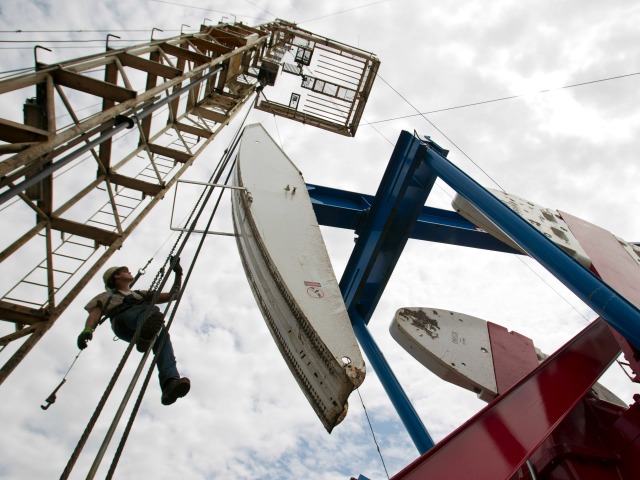
The United States, sometime in the first quarter of 2014, passed Saudi Arabia to become the world’s largest producer of petroleum liquids, with daily output exceeding eleven million barrels per day (bpd), according to the International Energy Agency. Growth from January 2011 to July 2014 included three million bpd of crude oil and another one million bpd of hydrocarbon gas liquids and biofuels. U.S. crude oil production growth more than offset the 2.8 million bpd of global “unplanned supply disruptions” associated with the “Arab Spring.”
Global “unplanned supply disruptions” averaged 3.2 million bpd during the first seven months of 2014 and peaked at 3.5 million bpd in May. The recent supply disruptions are the highest since the 1990-to-1991 Iraq/Kuwait War, when supply disruptions peaked at 4.3 million bpd according to the International Energy Agency data.
However, over the last thirteen months, from July 2013 to July 2014, the international standard price of crude oil, referred to as “Brent Crude,” stabilized in a narrow $5 per barrel range between $107 and $112 per barrel due to booming U.S. production. This compares to the $21 range for Brent Crude during the prior thirteen-month period from June 2012 to June 2013.
U.S. production gains have been geographically concentrated in Texas and North Dakota, which together accounted for 83% of U.S. production growth. Production in the South Texas Eagle Ford formation reached 1.22 million bpd in December 2013, and production from the Bakken formation in North Dakota and Montana reached one million bpd in November 2013. Oklahoma, New Mexico, and Colorado saw smaller increases.
The U.S. average retail price for regular gasoline was $3.45 per gallon on August 25th, the lowest price on the Monday before Labor Day since 2010. The average price at the pump is also $0.25 per gallon lower than it was at the end of June.

COMMENTS
Please let us know if you're having issues with commenting.